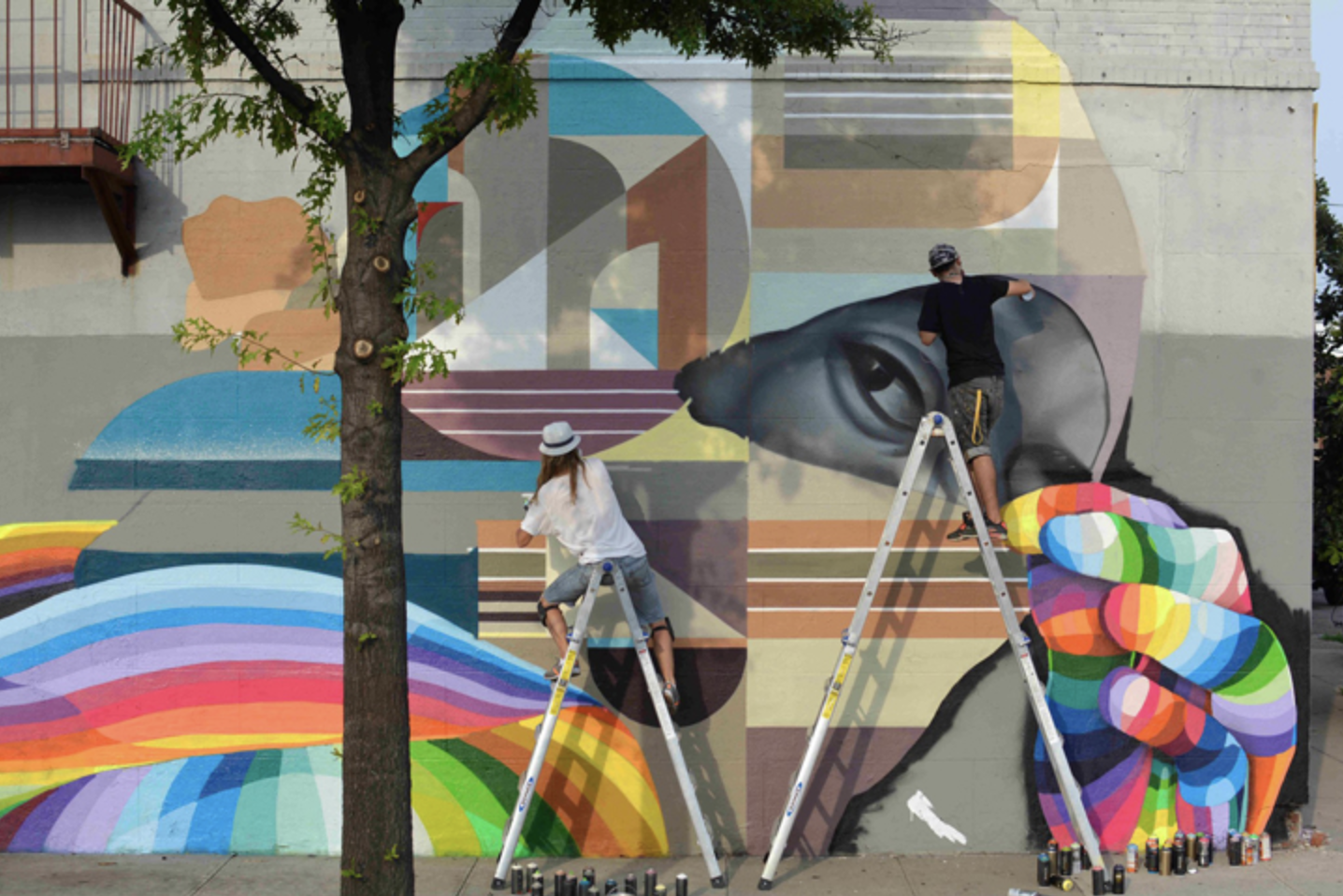In the age of celebrity role models, epic Twitter rants and reality TV presidential candidates, money talks and the cult of the individual reigns supreme. But does the idealized image of the self-made man turned Silicone Valley billionaire reflect a healthy and productive society, or does it indicate a deep crisis of our civilization? Does human innovation come from the inspiration of lone geniuses, or is it a product of a slow process of cooperation within collaborative networks?
The lone genius/ rags-to-riches narrative is compelling and lucrative. It boosts book sales, TV ratings, Facebook friend requests and Twitter followers, but it is largely inaccurate. Upon close inspection, many individuals revered as lone geniuses are in reality the public face of a collaborative duo. George Lucas owes much of the success of the Star Wars trilogy to his ex-wife, Academy Award-winning film editor Marcia Lucas. Apple’s creator Steve Jobs would not have been nearly as productive without his collaborative partner Steve Wozniak. Warren Buffett’s intimate business partnership with Charlie Munger is one of the major reasons for his immense wealth. Tiger Woods was dependent on his caddy Steve Williams for far more than schlepping around his golf clubs (for more examples see Joshua Shenk’s Powers of Two).
Donald Trump and his campaign consistently attempt to capitalize on framing his trajectory as a self-made man, when in fact Trump made his fortune as a real estate developer largely due to his father Fred Trump’s political and economic connections.
In addition to the significant anecdotal evidence that innovation stems from collaboration, scientific research on the biology of human behavior clearly proves that the joining of minds is natural, healthy and facilitates human creativity.
People need contact with one another to be happy and productive. When we interact, reward pathways in our brains are activated resulting in a pleasant feeling which promotes social bonding. Interestingly, addictive drugs such as cocaine trigger some of the same neural areas, suggesting that social bonding is the primal human addiction (for more on the neuroscience of bonding see here).
But not only do we enjoy company, we need it to stay healthy. Prisoners kept in solitary confinement exhibit severe and long-term negative psychological and physical repercussions. Accordingly, the Center for Constitutional Rights and the United Nations have declared that solitary confinement constitutes a human rights abuse that can amount to torture.
A large part of the human brain is devoted to the interpretation and expression of social behaviors. Among such behaviors, humans have adapted systems of communication, including thousands of different languages, which enable us to form social bonds.
Today, technological advancements and the Internet can connect us with others anywhere on the planet in a matter of seconds. Social media platforms such as Twitter, Facebook, Snapchat, Skype, WhatsApp and Instagram have been wildly successful as a result of our evolutionary need for connection.
But people communicate using more than just words that form sentences in a structured and conventional way. In The Expression of the Emotions in Man and Animals (1872) Charles Darwin first advocated that human emotions and their nonverbal expressions have evolved from similar expressions in animals, are innate and are conserved across races of man. Paul Ekman and Wallace V. Friesen (1971) proved Darwin’s notion in their studies of isolated tribes in New Guinea. They found that tribesmen who had no contact with the outside world were able to recognize, differentiate and reproduce facial expressions that correspond to different feelings, proving that emotional output is universal. The popular TV series Lie to Me (Fox) featuring Tim Roth as a master interpreter of body language, a human lie detector of sorts, is based on Ekman and Friesen’s findings.
The arts share many communicative qualities with non-verbal emotional expressions. Prehistoric cave paintings in Europe, Africa and Asia show an uncanny similarity in their representations of animals, demonstrating the universal nature of visual art. Certain attributes of music, such as fast tempo and a high-pitch melody evoke happiness in people of different cultures, while opposite musical qualities evoke sadness.
Language and nonverbal communication enable the formation and development of cooperative relationships that have been crucial for the survival, development and propagation of the human species. From the onset of civilization, humans have collaborated with each other at work, in the family setting, during religious ceremonies and while engaging in cultural and recreational activities. As the legendary collaborative duo John Lennon and Paul McCartney of The Beatles taught us, we Come Together and get by With a Little Help From My (our) Friends. However, they were mistaken in assuming, in Come Together, that “one and one and one is three”, it is much more.
Humanity is currently in a state of crisis. Income inequality is growing, the planet is dying and we are divided and lonely. In our hierarchically based and profit-driven culture, selfishness is rewarded while cooperation is justified only when it serves our personal interests. It is becoming increasingly clear that if we wish to survive and thrive here on Earth, we must harness our evolved social behavior and learn the lessons of our collective history, in which collaborative and supportive cultures have served as the bedrock of creativity and sustainability.
Art by Dasic Fernandez and Rubin415 (from my book 2Create – Art Collaborations in NYC)


